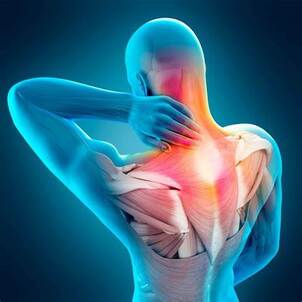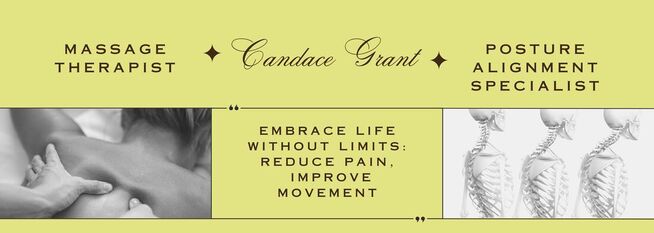|
In the world of fitness and wellness, there's no shortage of exercise methods and programs promising to alleviate pain and improve overall health. One approach that stands out from the rest is the Egoscue Method. Developed by Pete Egoscue in the 1970s, this method takes a distinctive approach to exercise and pain relief. In this blog, we'll explore what sets Egoscue exercises apart from other forms of exercise.
The Egoscue Method stands out in the world of exercise and pain relief for its individualized approach, focus on alignment, emphasis on pain relief, promotion of functional movement, gentle nature, and commitment to long-term results. If you're dealing with chronic pain or seeking an exercise method that prioritizes your unique needs, the Egoscue Method is worth exploring. Remember to consult with a qualified Egoscue practitioner to receive a personalized assessment and exercise plan tailored to your specific goals and challenges. If you are interested in learning more about Posture Therapy exercises, contact Candace Grant, Your postural Specialist.
0 Comments
 Muscle soreness is a common sensation that many of us experience, especially after engaging in physical activities or trying to improve our posture through exercises. While this discomfort can be frustrating, it's often a sign that our bodies are adapting and getting stronger. In this blog post, we'll explore what makes muscles sore, why this sensation can shift when doing posture exercises, and how long it typically takes to see the benefits of these exercises. Why Do Muscles Get Sore?
Muscle soreness, also known as delayed onset muscle soreness (DOMS), is the pain and stiffness that occurs 12-24 hours after intense or unaccustomed exercise. Several factors contribute to muscle soreness:
When you engage in posture exercises, the nature of muscle soreness can shift for a few reasons:
The time it takes to see benefits from posture exercises can vary from person to person, depending on several factors:
Candace Grant, Massage and Postural Therapist www.candacegrantrmt.com |
AuthorCandace Grant is a massage therapist with 26 years of experience and a Postural Alignment Specialist. Her focus is helping her clients put their health back into their hands. Archives
October 2023
Categories |

 RSS Feed
RSS Feed